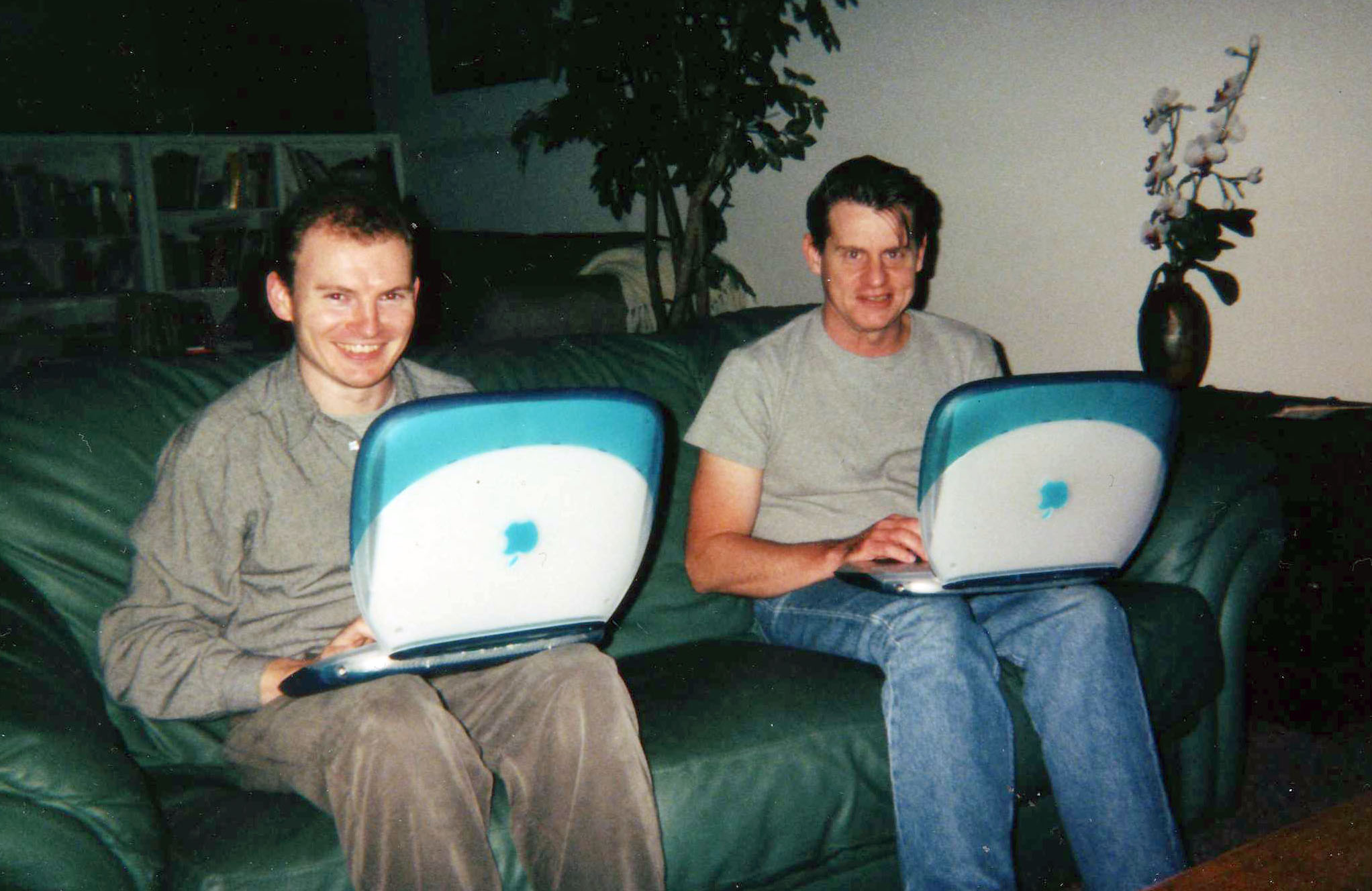
The Art of Tech: Gurus, Philip Hodgetts and Dr. Gregory Clarke Impact Media and Entertainment Worldwide – Pt. 2
(Chatsworth, CA, February 9, 2018, Part Two of a three-part interview by Cirina Catania) Continuing our interview with Philip Hodgetts and Dr. Gregory Clarke of Intelligent Assistance and Lumberjack System, we asked about their arrival as immigrants and the birth of their tech solutions that began over a decade ago.
BEHIND THE SCENES OF A TECH REVOLUTION
Philip explains, “When we first came here we still had a team of people making these animated movies in Australia. So, we had set up a server and we were working with a FileMaker database management system where I would write the scripts, put them into the database. They would take the script, make the movie, put that into a ready to review project, and the notes would go back into the database. A funny moment was when I first started using this database system. Greg and I had talked about it, we thought we covered every base and within the first hour of using it, I had three or four immediate feature requests that were essential.”
He continues, “We had Media 100 at that point, had started Intelligent Assistance, and we were working on After Effects and Cleaner with this whole system. Essentially, we were pretty much doing what we are doing now. I was promoting, Greg was doing the backend coding because there was a lot of wiring to connect the various components that we used together.”
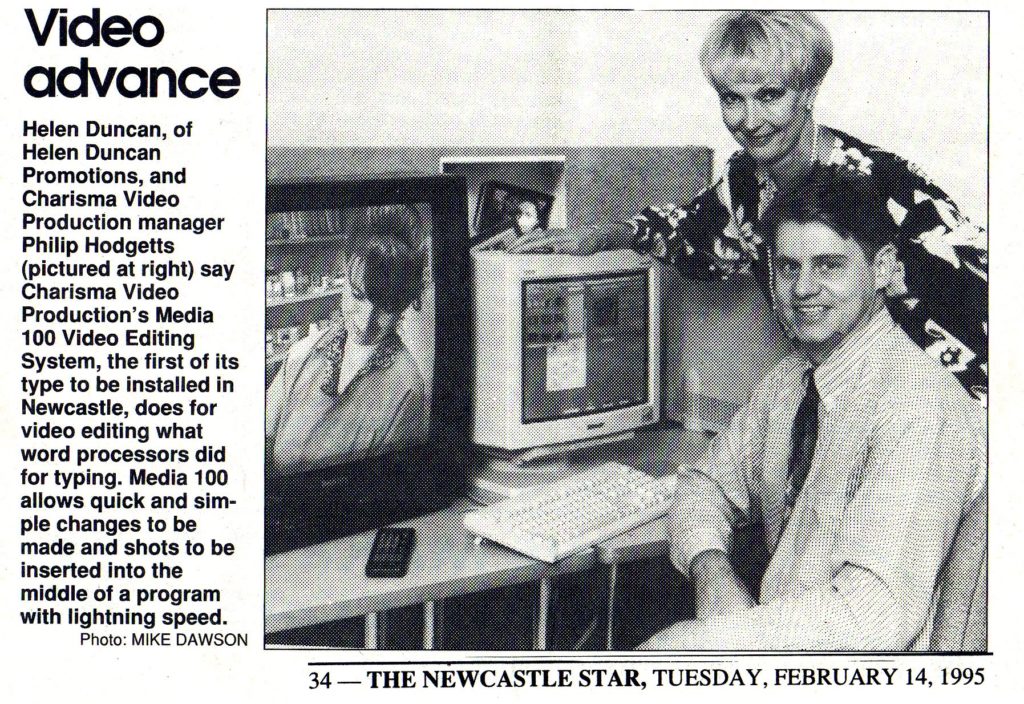
Greg adds, “When we first started, it was, interestingly enough, the Final Cut Pro product that was the really successful one. At that time, Final Cut Pro was not taken very seriously. So, there wasn’t a lot of training for it. We were doing some, DV creators had a CD-ROM, and Lisa Brennis had a book and that was it. That was it for years and as time went on and Final Cut Pro got more accepted and more popular there was just so much more inexpensive training available, and it became a very crowded marketplace. We’re not in the training market anymore. It’s a pretty crowded marketplace even today.”
Rather prophetically, Philip had said to Greg when Final Cut Pro X was first released, “I would not like to be in the training business for Final Cut because at this point anyone could put up a tutorial on YouTube and that’s the free competition against you know the Ripple Training and Larry Jordan’s of the world who are producing professional quality training. I think it’s very challenging.”
When Philip first moved to the U.S. he took up a management position with the DV Guys that Ron Margolis and Steve Martin had originally created. Steve had moved on to DV Creators. Philip came in as the sidekick and ended up managing that for a couple of years. They wrapped up a successful five-year run at NAB in 2005. Then, two weeks later, they started the Digital Production BuZZ which was a formal radio format. Two and a half years later they sold the BuZZ to Larry Jordan. (Editors Note: This is how I met Philip and Greg. Larry Jordan brought me on as Producer of the show and for the next nine years, we continued our business relationship and ultimately, a great friendship.)
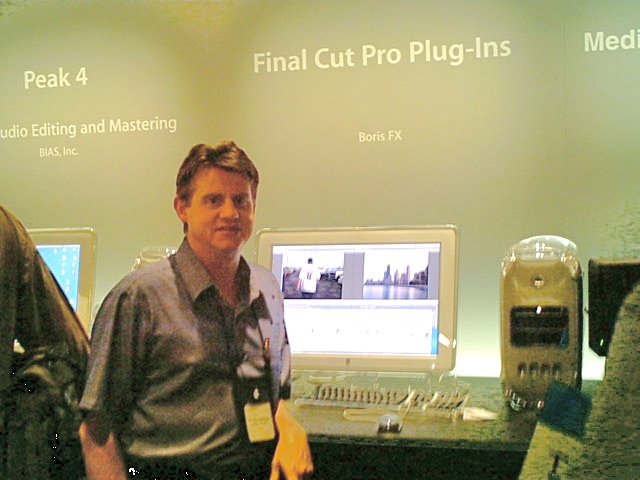
THE FUTURE IS NOW
The team’s first piece of software came out of a project that was done as a QuickTime Live demo. When Greg started to work on the demo piece and rewrite it into Ruby. He realized that really there was nothing there. It was during that period of late 2007 and early 2008 that they finally started to work with Final Cut XML. They previewed First Cuts at NAB 2008.
Philip says, “It probably was a long way ahead of its time. You would take metadata and build a first string-out based on metadata and with decent production value. Even though that wasn’t a huge financial success, it established us in the business of software.
Then, in a pivotal moment, Ted Shilowitz said to Philip at an Apple event, “Can you synchronize? Can you do something like Avid’s auto-sync?” To which Philip replied, “sort of … perhaps, if I knew what that was.”
What the team of Hodgetts and Clarke developed, ultimately, was a system that could automatically synchronize a batch of media based on timecode. “That became Sync-N-Link,” Philip says, “which remains a very, very important tool both in the Final Cut 7 world and Sync-N-Link X in the Final Cut Pro X world. It’s one of those tools that you simply must use if you’re making a feature film or a major television show with double-system sound and any of these apps.”
FINAL CUT PRO AND PREMIERE PRO
Hodgetts and Clarke have created and published numerous systems and apps that have been developed for Final Cut Pro and Premiere Pro users. According to Philip, “In the Final Cut world, we have Sync-N-Link X which synchs dual system sound automatically, Producer’s Best Friend which automates clip usage reports, FindrCat to convert FCP X Keywords into Finder Tags making them searchable in macOS Finder, Change List X which is used to manage “final” versions of movies and the changes that always come at the end (he smiles at that one), XtoCC (formerly called Xto7) which translates FCP X library XML so that it can be imported into Premiere Pro, After Effects or Audition, and SendToX which brings Premier Pro Projects or FCP 7 XML into FCP X.”
“We are also very proud of the Lumberjack System and its long list of components that exist to help non-scripted productions working in FCP X to manage real-time keywording during the shoot, build a story, work with transcripts efficiently and log retroactively when using legacy footage that has not previously been logged, ” he continues. “On the Premiere Pro and Creative Cloud side, we have Sequence Clip Reporter (to automate shot lists and music cue sheets, etc.), SendToX, XtoCC and Change List CC.”
And the results are obvious when taking inventory of some of the major Hollywood projects that have utilized their solutions. David Fincher’s “Gone Girl” was the prototype for the Change List tool for Premiere Pro, while “Focus” from Warner Brothers was the prototype for the Change List tool for Final Cut Pro X. Philip notes “Even though these movies were released at quite different times, they were in fact in post-production together. So, both tools were being developed together. A change would happen as a response to something in the Premiere Pro world and we realized now that can be improved in the algorithm that’s being applied to Final Cut Pro X as well. They both became richer tools as a result.”
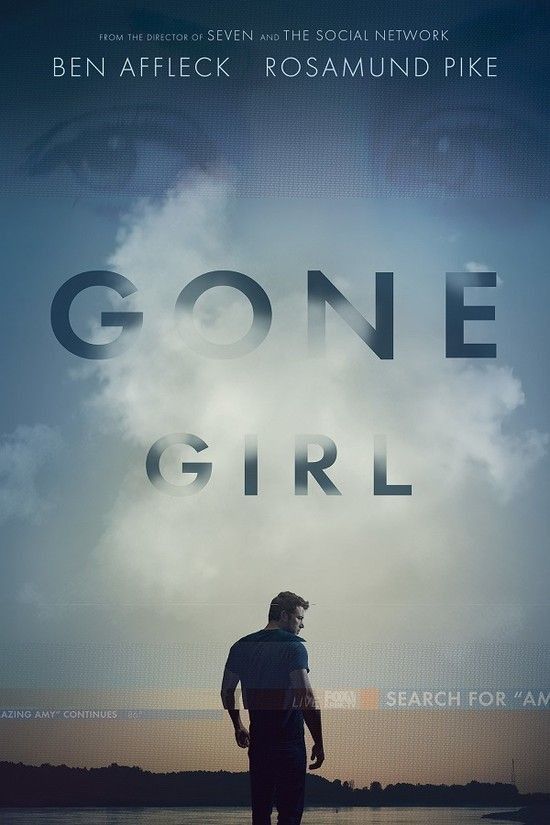
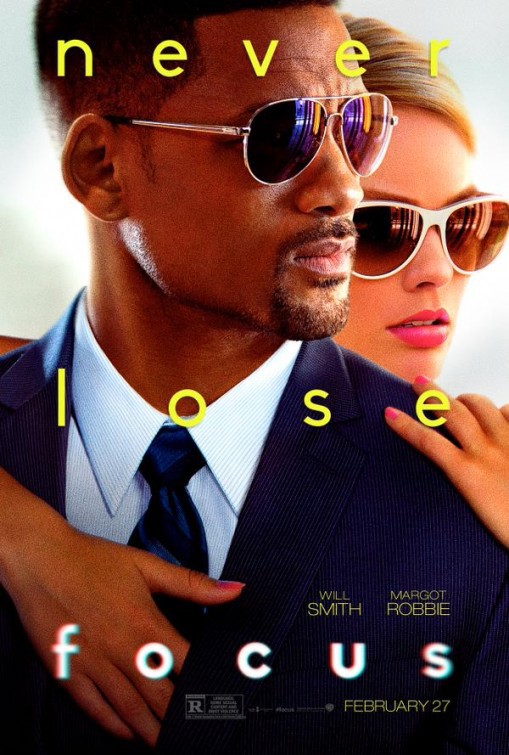
Philip continues, “Lumberjack came out of an attempt to do a reality TV show back in 2012 and realizing there were no tools for logging as we were shooting. It has been quite successful and recently had prominent use in the two O.J. Simpson documentaries that Chuck Braverman Productions produced. We built Lumberjack for that production as well as an extension to Lumberjack to facilitate transcripts to be imported into Final Cut Pro X. They have mentioned publicly that they were 10 times faster in post because of that. In fact, in one tweet, the assistant editor, Patrick Southern, said that they simply wouldn’t have been able to find some of the quotes if he hadn’t had the transcripts inside Final Cut X.”
“When the Lumberjack team was at IBC in the Final Cut Pro X Expo space, that most people who came to that were aware of the existence of Lumberjack and were excited about how it could be applied to their particular needs,” Philip says.
DISRUPTIVE TECHNOLOGY
I asked Philip about disruptive technology and whether he and Greg have found that it’s hard to get people to say, “Ah-ha, oh this is great, we’re just going to jump right in and use it!” They laughed.
I persisted. “What happens?,” I asked, “How do you take someone who’s used to sitting in one space and convince them that they need to try something new? Is that a problem or not?” To which Philip replied, “You keep persisting. You try and find the one person who will listen to the message, who will change their workflow. A truism that we sort of share amongst ourselves is that nobody voluntary changes their workflow. So, any time you are proposing toolsets that change the workflow, you have something that’s untested and the higher-end the production is, the more is riding on it going exactly as smoothly as it did last time. So, the tendency is to use exactly the tools, exactly the workflows that were used the last time. I could argue that that’s why Media Composer is still the leading NLE in the film and television industry, simply because it takes a lot of guts to be the first person to change. Nobody really wants to put their job on the line. It is similar with technologies like Final Cut, which could do an amazing array of tasks based on metadata. The fact that metadata wasn’t routinely input is off-putting and people don’t realize that how much you can do with it to make the editor’s life easier. Perhaps some people are not necessarily interested in making their life easier if they can bill for it.”
Is this a matter of economics? Is it a budgetary consideration for producers? Are they afraid to risk doing something new or spend the money required to change or … ?
Gregory theorizes, “I really do just think its familiarity. A good example would be if we look at our Sync-N-Link products. When we first developed them for Final Cut 6 and Final Cut 7, it was just sort of a case of adding auto-sync for Final Cut. It started being used by people who were doing television because budgets were constrained, they could do this themselves and it saved time, saved money and it was great. I don’t think it was used extensively on film post-production very much in the beginning. But when we did the Final Cut X version that ostensibly does the same thing, suddenly people who were working in motion pictures were looking at it and saying, ‘Oh. We could do it this way,’ instead of the traditional way of working with a DIT.”
Philip continues, “But you send it out to a post house, a Technicolor or Deluxe or similar. One of their various divisions would handle that work for you and you’d get synced dailies back.
Greg commented, “Nobody really changed that, except for the people who were looking at Final Cut Pro X as a way of cutting their movie, because they’d already broken the mold. They’d already behaved weirdly, so looking at another app to be able to save even more money and have more resources in-house is a lot better, because for approximately $200 they could be doing their own daily’s. Really. It gets things happening in five minutes. This was astounding to them, but it’s no shock to us because we’d been seeing television creatives do it for years with Final Cut 7.”
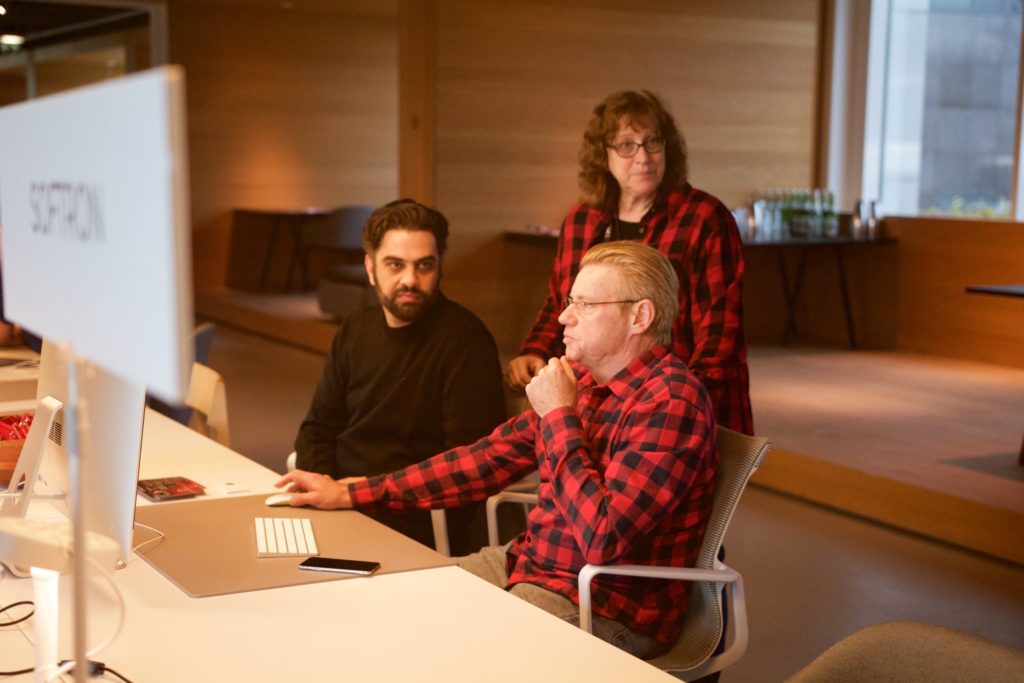
This reporter has been a very close witness to what’s been happening with Lumberjack over the last couple of years and we have had discussions about how amazing that software is. There are now many productions in the “non-scripted” space that are saying it saves them a lot of time, which in this business equates to saving money. Nonetheless, Philip and Gregory tell me it was a real struggle, in the beginning, to get people to try something new. Philip said, “it was moderately frustrating because to me the benefits are just so obvious. It’s not difficult to incorporate this into the workflow, but it’s always about budgeting another person on the set. What producers must realize is that they can hire a PA on the set to log and save paying an assistant editor at a much higher rate to log the media back at the production company. It now can all be done during the shoot with a lot less time and money and, frankly, more accurately!”

Philip continues: We shoot “Lunch with Philip and Greg,” and I log that as we go. We shoot the “Semi-Serious Foodies,” and I log that as we go. We are the crew. We are the talent, we’re the cooks, we’re doing it all, and there’s still time to log. Even with the family history project where I was the audio guy, the video guy, the interviewer, the family member and everything, I still had time to log. I think one of the biggest issues is that for those who are inexperienced with production, it seems more effort to log than it really is and that puts people off. I think we just have to push on and keep sharing the positive stories that we get so we can help other people understand the benefits that they too can experience.
Gregory says, “It has been very, very successful for Direct TV and BKB because it got adopted so quickly and because their production schedule is insane. They are doing four episodes each month and the final episode has to be delivered seven days after its shot. So, there is this really intense abbreviated post-production window. Anything that they can do to save them time is certainly on their radar. You look at that and say well that’s the reason why it works for them, but if it works for them, it should work for anybody. I mean who doesn’t want more time in post? Who doesn’t want to be able to save time on workflow issues and have more time for the creative stuff?”
Philip explains, “We describe it as real-time keywording and pre-editing for Final Cut Pro X. In other words, during the shoot, that’s the primary use. The system has grown beyond that and it’s not just real-time on the shoot, but that is its primary focus. It’s so much easier to capture the content metadata as well as the technical metadata and that’s an important distinction. Metadata has become quite the word of the day, but most people are talking about technical data and not the content data. Lumberjack is the classic logging of the content. We do that by simply creating time ranges during the shoot and applying a keyword to that time range. Then some magic processing happens in Final Cut Pro X where you have the keyword ranges where they were applied and optionally string outs of those selects you created by creating keyword ranges.”
Greg interject, “And the great thing about it is that it doesn’t take any extra time because it’s happening in real time while the shoot is happening. There is no extra step of, “Oh, I have to now sit down and review all of the footage and start adding keywords.”
Philip says, “It literally takes about two to three minutes, depending on the number of string-outs that you’ve done, to go from Final Cut, after you’ve ingested your media and made your multiclips, to go to our external app, to come back is about 2 to 3 minutes with more time importing those XML back into Final Cut than it does to process a day or a week or a month shoot into keyword collections all organized by location, by person, by activity, by content and all ready for somebody to start the work of an editor which is taking these basic string-outs that are subject based or person based and making them into a polished story.” Gregory adds “If I was an assistant editor, I would love to be able to start my work while the shoot is happening instead of waiting for media to get delivered.”
I was curious about Producers Best Friend, because, on some of my own productions, it had taken many hours to annotate the EDL’s.
Philip answered, “Producers Best Friend is descendent of Sequence Clip Reporter. We added in support for event reporting which Final Cut Pro X didn’t have, whereas Final Cut 7 did. Producer’s Best Friend and Sequence Clip Reporter are tools that, if you don’t have a need for them, you really don’t appreciate, but if you’ve done any sort of clip report, music report, stock footage report, cue-sheet of any kind and had to take an EDL and then copy and paste into that as text document. Our friend Les Perkins said, referring to the need for his documentaries, ‘What you really should do is create a reporting tool.’ ”
“Producers Best Friend, allows you to say, for example, where the stock footage came from, how much of each one, etc,” Gregory says.
Philip continues, “So, thanks to the suggestion from Les, we made the app. Greg had the basic algorithm by the next morning, but because of the operating system, Les didn’t get to use it himself until maybe 18 months later and he rang me up on the first time he used it and said, ‘I’ve just been sitting here giggling for the last 5 minutes, what I’d normally expect to take three days, I just did in three minutes.’ And Mark Bach (from BKB) did rave about the time-saving aspects, saying, ‘buying your apps is like buying sleep.;”
Gregory says, “See, the sad thing is that EDL’s they are so lame. They have very little information in them whereas with Final Cut 7 and Final Cut X, and Premiere Pro you get this wonderful XML, which gives you incredibly detailed information about what clips are in the timeline. So just by taking that information in the XML, you can make accurate reports quickly.”
According to Philip, “The irony is that when people return to Media Composer after being on Final Cut for a couple years and being used to having Sequence Clip Reporter, they want the same thing for Media Composer.”
“But we can’t do it,” Gregory says, “because media composer does not export XML in the way that the Final Cut’s and the Premier Pro’s do. So, sorry can’t do it, Avid people.”
“To be fair,” Philip counters, “because we do get calls asking us to provide a solution for Avid, we could do this through AAF. All the information that we require is through AAF, it’s just not as easy to work with or not as familiar as XML is to Greg.”
Philip continues, “Largely, our focus is on Premiere Pro and on Final Cut Pro X. Obviously, we have a lot of legacy apps that still work with Final Cut Pro 7 XML and would largely work with Premiere Pro. Even though Final Cut 7 is a dead app that has no future, we are keeping things up to date there as well. Media Composer has a lot of very comprehensive tools included with it and a lot of what we’ve done is to provide the sort of reporting or synchronizing tools that are inspired by and based upon the tools that Media Composer has built-in. In the same way that it’s not sensible to make Lumberjack for the Adobe world simply because they have Prelude Live Logger and Prelude as their own products competing with it, it doesn’t really make sense to do a Sync-N-Link or a Sequence Clip Reporter for Media Composer when they have already built-in included tools to do the same. So, we focus on Premier Pro where we can add value to that ecosystem and help people go from Final Cut Pro X into Audition and After Effects.”
Philip and Greg have lots of ideas for Lumberjack. As Philip says, “We had some really, good discussions in the Final Cut Pro X Expo room with some people who very much want to use Lumberjack and they came up with some great ideas as to how that might be. Ryan Velin and Mads Larsen Nielsen had some really, good suggestions, so we want to see what of that we can implement. And Greg is also working on an update to backLogger.
The use of backLogger is, I believe, absolutely wonderful because it is quite daunting to look at hundreds of hours of archival footage and know that you really need to sit through each media clip, or tape if it is legacy footage. Logging one hour at a time, can be daunting, and even though we still need to do that, as Philip says, “The difference is that you have the opportunity to be slow and detailed about it rather than having the real-time discipline imposed upon you.”
It is an absolute truism that before anyone starts post on a project that is fairly complicated they need to organize their media. And, frankly, that should start during production. That’s why I’m so excited about backLogger and Transcription Mode, too, for the ability it gives you to do string-outs. I’m also anxiously awaiting the team’s new solution, Builder, which is a companion to the solutions contained within the Lumberjack system.
One of the things I admire about Philip and Greg is that they are so multifaceted. They have the left and the right side of the brain just churning all the time. Philip responds, “I got into this business because I liked making videos. It probably started back when I was 12, and asking my parents for a video tape recorder for my birthday. Never getting one of course, because they had no idea what I was talking about. I’ve always liked to create and the life of a product manager is not necessarily that of a creative video producer. So, the two ideas came up in quite different vectors and it all, in some respect, comes out of this idea I have of how small of a kit can I make. How little can I carry and still produce high-quality video and that’s an interesting challenge.”
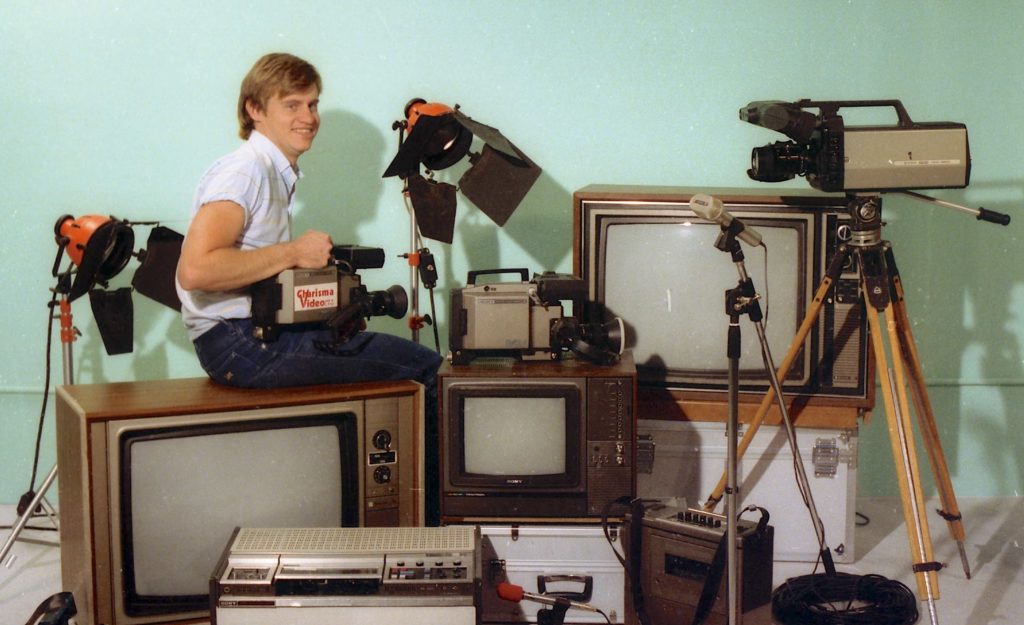
WHAT IS THE FUTURE FOR TECH?
Philip says, “I think the only accurate prediction I can make is that my prediction will be wrong because I don’t think we could have seen where we’ve come in say the last 30 years. I figure I’ve got a 30-year career ahead of myself from the current point. So, I look back where we were 30 years ago. Well 30 years ago, there wasn’t a functioning Internet. You know it was 1994 or 95 before I got my first modem to connect to the Internet. Got my first website up and first domain up in ‘95 which is pretty early for most people, but that’s still just over 20 years ago. I think the interesting work is going to be in artificial intelligence and the integration of all this knowledge that exists into making life easier day by day. I don’t think that necessarily makes for a better world. Hard to take that out of the context, but even in our industry we already have speech-to-text technologies, keyword extraction technologies, we have story building technologies, we have facial detection, facial recognition technologies. There are scientists that can recognize emotion in a face based on the image. There are technologies I think you pointed us to that will allow us to send a sample image and it will come back with keywords that describe the content of the image.”
Gregory says, “And just think, Apple has purchased a company that is doing speech to text. Perhaps not so much the text part of it, but it’s a technology that learns and becomes more human in the way that it interacts.”
Philip replied, “Human dialogue and exchange. There’s a lot going on like that. So, take all of that and it will, of course, obsolete everything we’re doing with Lumberjack now in terms of the acquiring of metadata because we could probably do all that part automatically and that is my stated 2024 goal. I see film and television as being completely cut, at least to the first pass, by a computer. I don’t think we’re going to get the finished product going to broadcast automatically, but if we can get to these starting points and for a lot of the less glamorous world of video, something that is very close could be good enough. You know, for the world of corporate production, education production and television and film. There still will need to be a lot of work done by humans beyond what we can give them. All I can say is that I can kind of see ten years out, but if artificial intelligence takes off the way some people expect, the future could be completely different.”
“The other interesting technology that we should keep an eye on,” Greg says, “is 3-D printing. It means that instead of having to manufacture a mold so it’s a one size fits all, you’re pumping out hundreds of copies of the same thing. It’s now feasible to make something that’s off and affordable.” Or, as Philip adds, “to make a spare part for something that no longer has spare parts.”
WHAT ARE YOU MOST PROUD OF?
Philip says, “It’s hard to choose. We’ve been very fortunate. We’ve been able to be involved in a lot of really fun projects. Certainly, a career highlight was working with Les Perkins and Richard Sherman on the extra material for the 40th anniversary DVD they released of Marry Poppins. We shot on a Disney Imagineering green screen. To be able to just simply spend some time with somebody who wrote the soundtrack to my childhood was an amazing highlight for me. But then. right now, the highlight is the work we did with Lumberjack on Transcript Mode, the solutions for the O.J Simpson documentary and our upcoming disruptive app, Builder, which helps users to extract keywords from transcripts and build stories. I think everything just keeps getting better. I guess the best highlight is the most recent highlight.”
For Greg, it’s all just about helping people. That’s what he really likes. He says, “Just making people’s lives a bit easier and giving them some time back. So any time that happens, that’s good. And it happens all the time.”
I asked the team if they would ever consider writing a book, as it would certainly chronicle the history of tech in the last two decades, but even though they do have some recordings on a drive and a lifetime of memories, there seems to be no book planned for the immediate future. This series is our way of documenting these two tech geniuses so that they may take their rightful place in the history of technology and not get lost, “in the sands of time.”
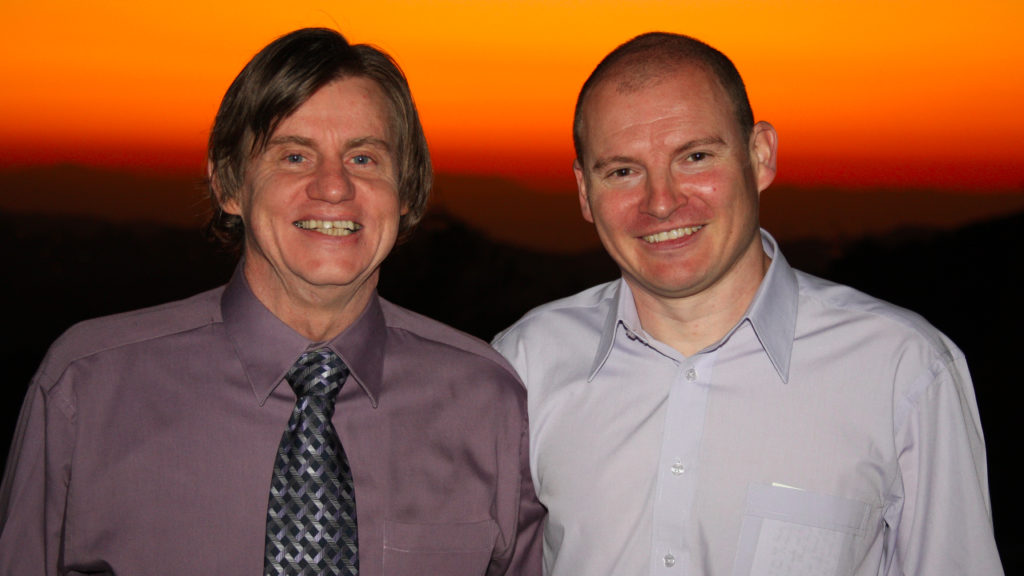
###